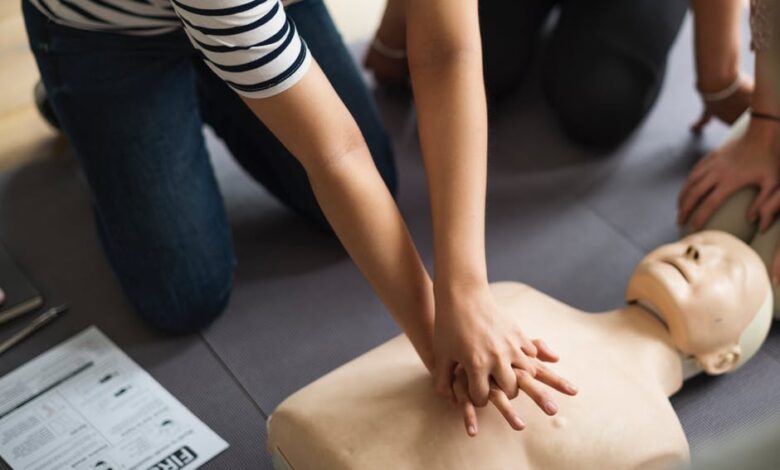Bls vs CPR Certification: What Are the Differences?

In the event of an accident or illness, a first aid certified responder can save someone’s life. So, you’ve decided to take your first step towards fulfilling this destiny by obtaining your American Red Cross first aid and CPR certification.
But which do you go with, Bls or CPR? Before you make a decision, it’s important to understand what each certification entails and the differences between Bls vs CPR certifications.
Here’s what you need to know about Bls vs CPR classifications. Read on!
The Benefits of BLS Certification
The Basic Life Support (BLS) Certification is a credential administered by the American Heart Association. This certification verifies an individual’s ability to properly perform CPR and uses an AED in an emergency.
Many healthcare facilities across the country require their employees to have this certification. Even if your job does not require this credential, it can help you feel more confident and prepared in the event of an emergency.
What Does It Cover
BLS certification covers CPR and AED use, as well as choking rescue for adults, children, and infants. It also covers emergency oxygen use. The certification is valid for 2 years.
The Purpose
It is to ensure that individuals have the knowledge and skills necessary to perform CPR and other basic life support techniques.
It’s important for healthcare providers, as well as for laypeople who may find themselves in a situation where someone needs CPR. Having BLS certification can help save a life.
The Cost
The price of the certification itself will vary depending on the provider but typically ranges from $20-$60. There may also be additional costs associated with taking the certification course, such as the cost of materials and the instructor’s time.
In some cases, there may also be a fee to renew the certification every 2-3 years. Overall, it’s relatively low compared to the cost of other medical certification courses.
The Benefits of CPR Certification
The most important reason is that it can save lives. According to the American Heart Association, it can help keep oxygenated blood flowing to the brain and other vital organs. This can help victims of cardiac arrest survive.
It can help people feel more confident and prepared in an emergency situation. It can also give people the skills to assist others in an emergency and potentially prevent injuries.
What Does It Cover
CPR certification covers the basic skills needed to perform CPR. These skills include chest compressions, rescue breaths, and the use of an AED. It also covers the signs and symptoms of a heart attack and how to respond.
The Purpose
It is an important life-saving skill that everyone should know. By being certified in CPR, you are able to help someone in need and potentially save their life.
The Cost
CPR certification can be expensive, costing upwards of $100. However, the cost of not being certified can be even greater. It can also provide peace of mind, knowing that you are prepared in the event of an emergency.
If you find yourself interested in CPR certification, check cprcertificationnow.com.
Learn More About Bls vs CPR Certification Right Now
There are a few key differences between Bls vs CPR certification. BLS certification requires more training and is more comprehensive, while CPR certification is more focused on the basics of CPR.
CPR certification is also generally more affordable. If you want to be prepared to handle a variety of emergencies, BLS certification is the way to go.
Did you find this article helpful? Visit more of our blogs!



